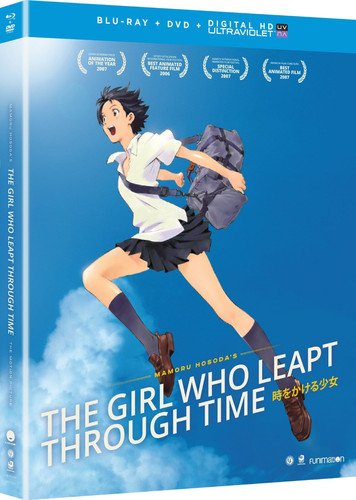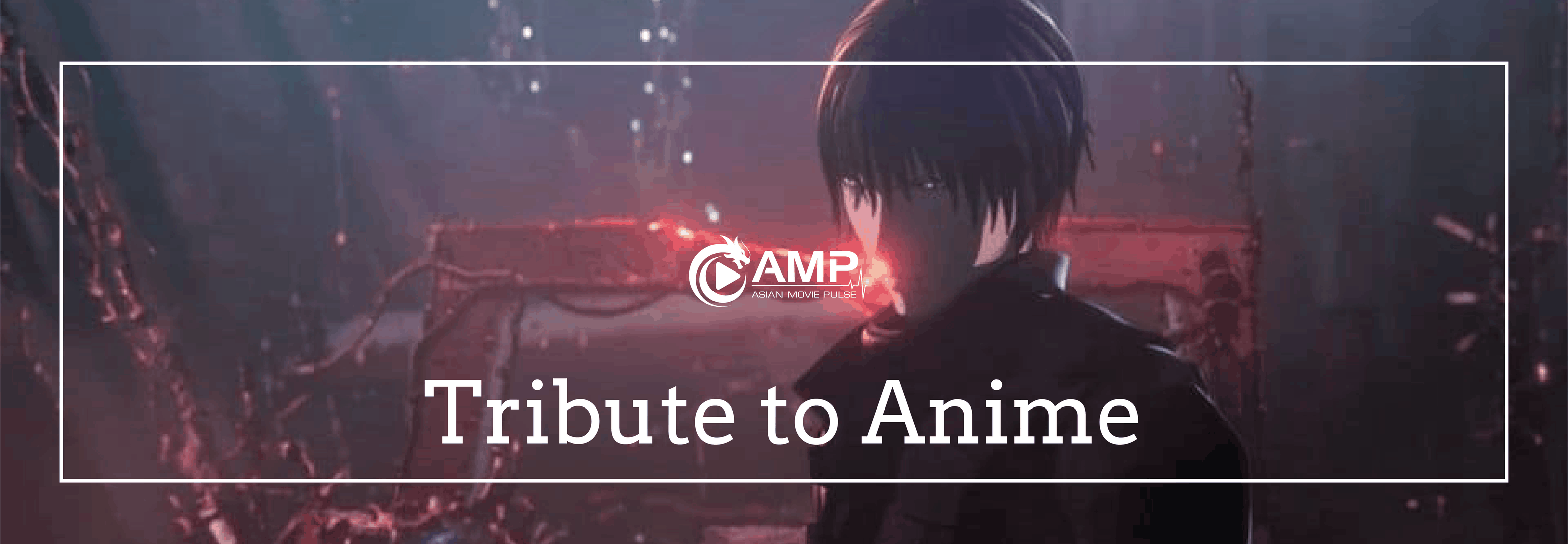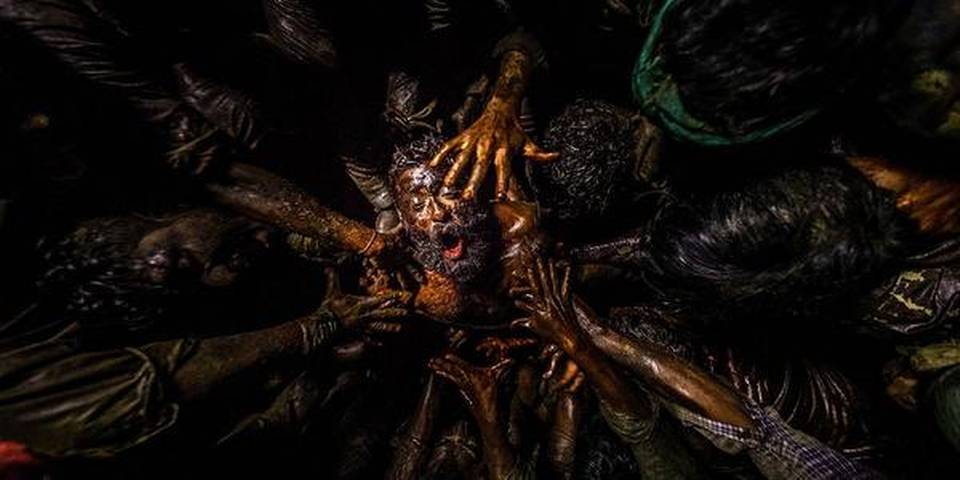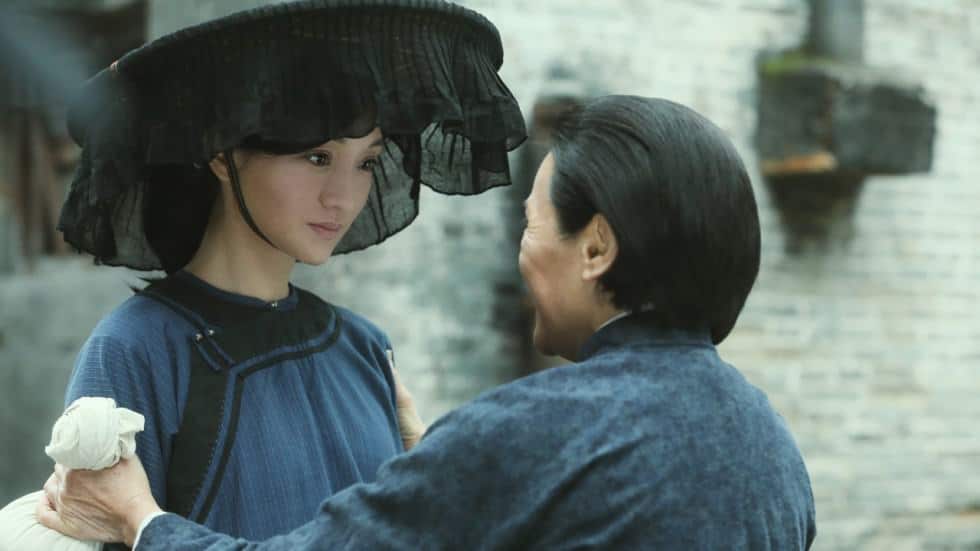After his time at Toei Animation, director Mamoru Hosoda set sails for Madhouse where he arguably laid the groundwork for the kind of stories his body of work is mostly known for, tales dealing with growing up, time and parallel worlds. The first feature he tackled was “The Girl Who Leapt Through Time”, a very loose sequel to Yasutaka Tsutsui's novel of the same title, which combined all the aforementioned thematic elements as well as the level of skill in animation and visual storytelling Hosoda had acquired during his time with Toei. Apart from being a commercial succes,s it gained critical praise internationally and won several awards, such as Best Animation at Sitges Film Festival 2006, Best Animation at the Japan Academy Awards 2007 along with six Tokyo Anime Awards.

At the center of the story, we find 17-year-old Makoto Konno, a high-school student who lives a tranquil life on the outskirts of Toyko, spending most of her time with her two friends, Kosuke and Chiaki playing baseball. As they approach the end of their time in school all of them start asking themselves what they want to be when they graduate, with Makoto only having vague or naive plans. After helping one of her fellow students cleaning the classroom, she falls over a mysterious object, which, given the chain of misfortunes that happened to her that day, is just another unlucky accident. However, on her way back home she has an accident with her bike, but during the fall, suddenly finds herself back in the saddle just a few minutes before the crash.

Little by little, and after a few episodes like this, Makoto realizes she has somehow gained the ability to jump in time. She uses her newfound power to avoid mistakes and misfortunes in her life, even though her aunt has warned her about using it wisely and how so much good luck for one person has consequences for other people. When she also tries to make life better for her friends, Makoto starts to understand the meaning of these words all to well, and how correcting time does not help her get over her own insecurities in life. What makes matters even more complicated though is when one of her friends finds out about her ability and confronts her.
In general, Hosoda's “The Girl Who Leapt Through Time” is another one of those features blending the idea of a coming-of-age narrative with supernatural or fantasy elements, in this case, time travel. Given the background of teenagers facing the challenges of their future lying ahead of them, a sense of restlessness and indecision about their lives as well as first romance, the connection to the mechanics of time is quite interesting and has a lot of potential. Because the feature does not overwhelm its audience with a whole philosophy of time traveling such as Richard Kelly's “Donnie Darko”, Hosoda's direction and Satoko Okudera's script manage to maintain a lighthearted approach, which also hits a few quite serious concepts, for example, the notion of control versus chaos. This is especially true in scenes showing how the ability to correct certain events in her life becomes a problematic obsession for the young heroine, who has yet to realize the repercussions of her doings.
With the animation highlighting both, the joy of being young and the summer the three youths are experiencing, along with the confusion and possible opportunities lying in each of Makoto's “time jumps”, the audience can relate to the feeling of the heroine to make this last summer perfect. Although some of the visual symbols, like the three characters standing frequently at a crossroads, are a bit on the nose at times, their friendship is what makes the story quite worthwhile, especially since Makoto is perceived as the heroine, but by no means acts hero-like and is always on the verge of being self-absorbed given her obsession with perfection and control as mentioned before.
In the end, “The Girl Who Leapt Through Time” is an entertaining blend of coming-of-age, romance and time travel-movie. Mamoru Hosoda has managed to direct a very well-animated and light-hearted story about growing-up and how perhaps having control over time does not prevent you from having to find your own way yourself, and how mistakes may just be essential for your life.















